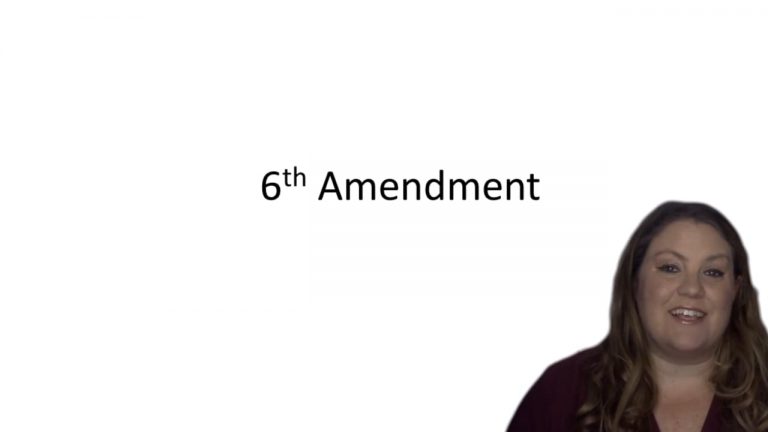SmartBrief
Confirm favorite deletion?
Criminal Procedure Keyed to Ohlin
Maryland v. Craig
Citation:
497 U.S. 836 (1990)Facts
In October 1986, a Howard County grand jury charged respondent, Sandra Ann Craig, with child abuse, sexual offenses, assault and battery. The named victim in each count was a 6-year-old girl who had attended a kindergarten center owned and operated by Craig. Before the case went to trial, the State sought to invoke a Maryland statutory procedure that permits a judge to receive, by one-way closed circuit television, the testimony of a child witness who is alleged to be a victim of child abuse. Craig objected to the use of the procedure on Confrontation Clause grounds, the but trial court rejected that contention. The jury convicted Craig on all counts.
Only StudyBuddy Pro offers the complete Case Brief Anatomy*
Access the most important case brief elements for optimal case understanding.
*Case Brief Anatomy includes: Brief Prologue, Complete Case Brief, Brief Epilogue
- The Brief Prologue provides necessary case brief introductory information and includes:
Topic:
Identifies the topic of law and where this case fits within your course outline.Parties:
Identifies the cast of characters involved in the case.Procedural Posture & History:
Shares the case history with how lower courts have ruled on the matter.Case Key Terms, Acts, Doctrines, etc.:
A case specific Legal Term Dictionary.Case Doctrines, Acts, Statutes, Amendments and Treatises:
Identifies and Defines Legal Authority used in this case.
- The Case Brief is the complete case summarized and authored in the traditional Law School I.R.A.C. format. The Pro case brief includes:
Brief Facts:
A Synopsis of the Facts of the case.Rule of Law:
Identifies the Legal Principle the Court used in deciding the case.Facts:
What are the factual circumstances that gave rise to the civil or criminal case? What is the relationship of the Parties that are involved in the case.Issue(s):
Lists the Questions of Law that are raised by the Facts of the case.Holding:
Shares the Court's answer to the legal questions raised in the issue.Concurring / Dissenting Opinions:
Includes valuable concurring or dissenting opinions and their key points.Reasoning and Analysis:
Identifies the chain of argument(s) which led the judges to rule as they did.
- The Brief Prologue closes the case brief with important forward-looking discussion and includes:
Policy:
Identifies the Policy if any that has been established by the case.Court Direction:
Shares where the Court went from here for this case.

 4m 2s
4m 2s